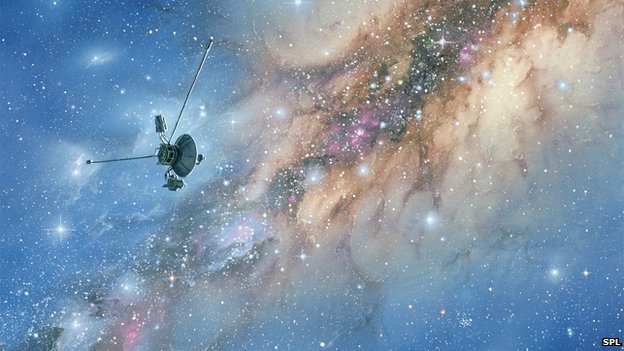
More than 400 years after its discovery by astronomer Galileo Galilei, the largest moon in the solar system – Jupiter’s moon Ganymede – has finally claimed a spot on the map.
A group of scientists led by Geoffrey Collins of Wheaton College has produced the first global geologic map of Ganymede, Jupiter’s seventh moon. The map combines the best images obtained during flybys conducted by NASA’s Voyager 1 and 2 spacecraft (1979) and Galileo orbiter (1995 to 2003) and is now published by the U. S. Geological Survey as a global map. It technically illustrates the varied geologic character of Ganymede’s surface and is the first global, geologic map of this icy, outer-planet moon. The geologic map of Ganymede is available for download at: http://www.jpl.nasa.gov/spaceimages/details.php?id=pia17902 ).
“This map illustrates the incredible variety of geological features on Ganymede and helps to make order from the apparent chaos of its complex surface,” said Robert Pappalardo of NASA’s Jet Propulsion Laboratory in Pasadena, Calif. “This map is helping planetary scientists to decipher the evolution of this icy world and will aid in upcoming spacecraft observations.”
source: NASA
Originally posted 2014-02-13 10:32:12. Republished by Blog Post Promoter











